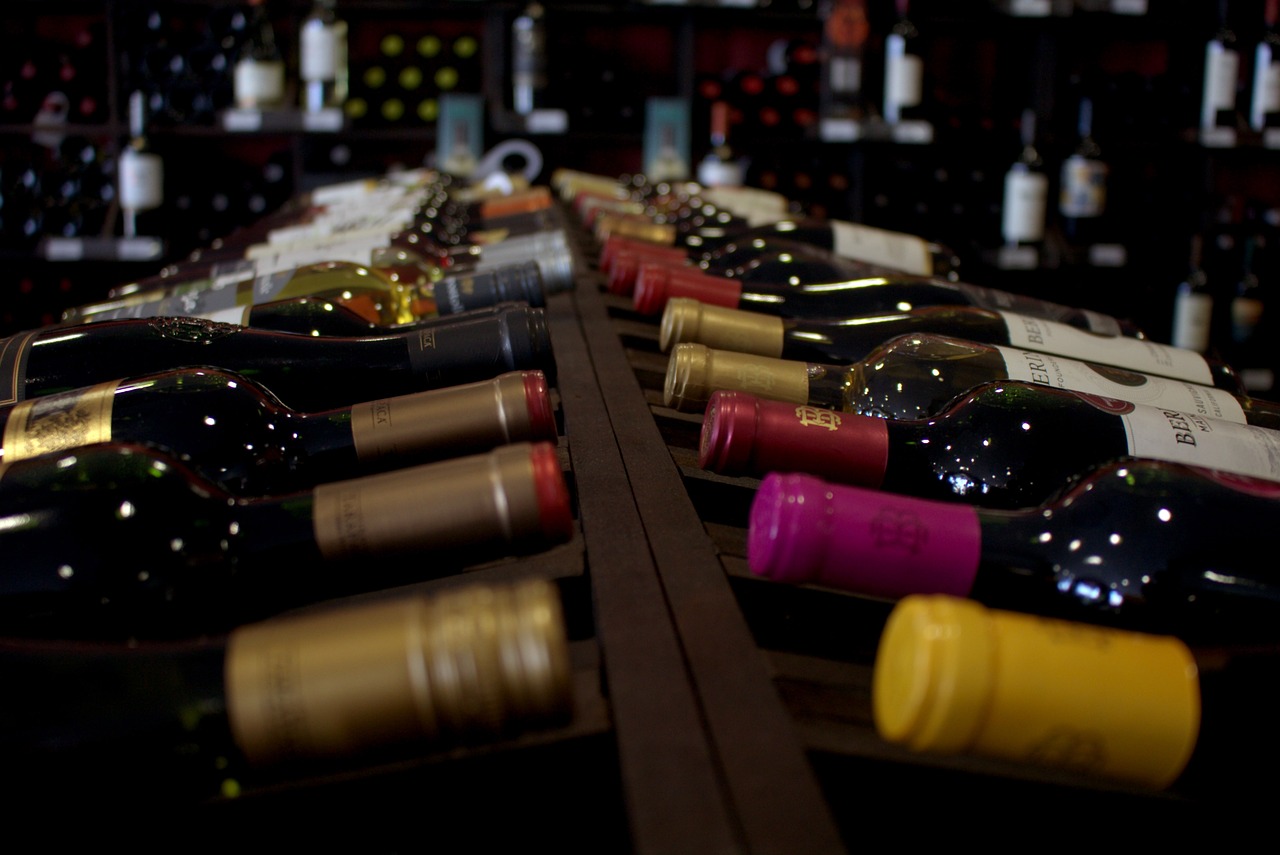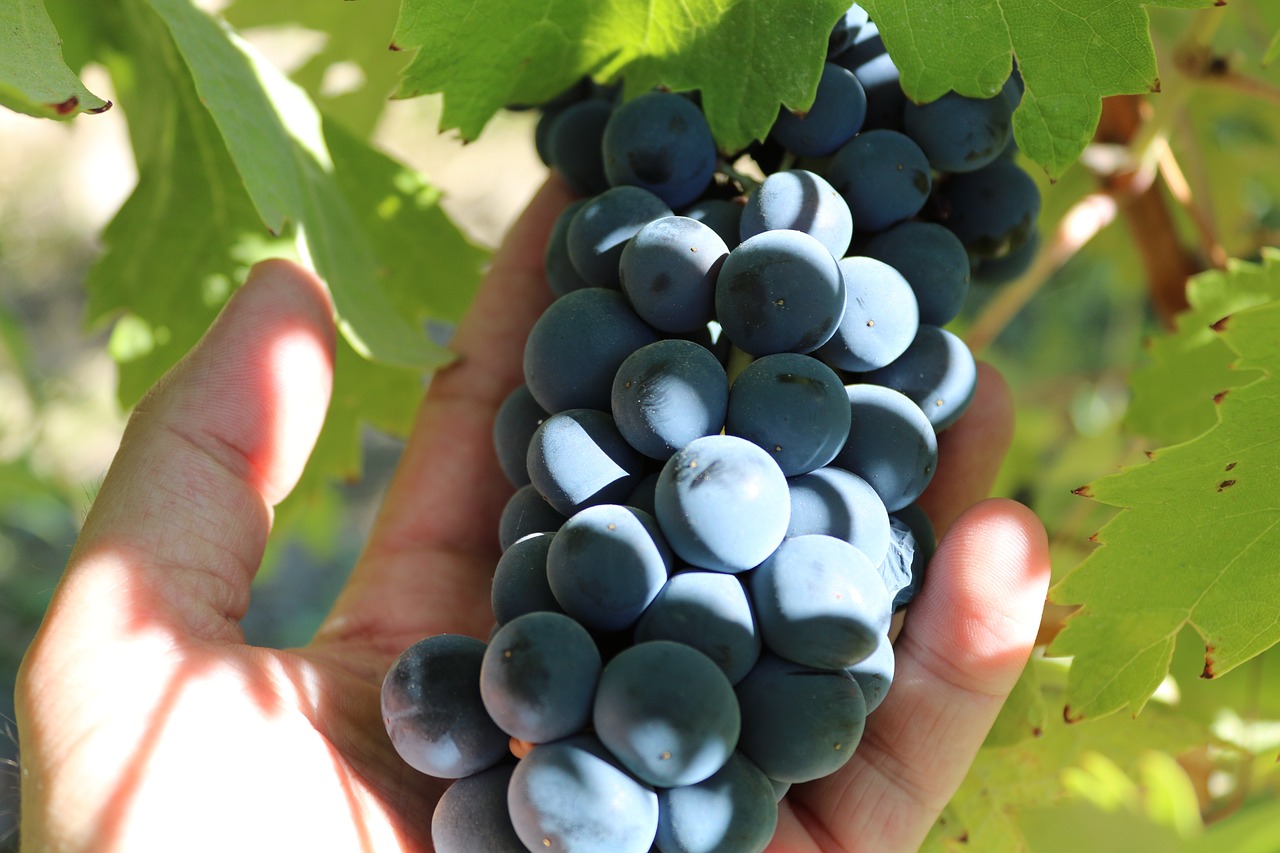Welcome to All Wines of Europe! In this article, we will delve into the intricacies of decoding Spanish wine labels. Spanish wines are known for their rich history, diverse regions, and unique labeling practices. Whether you’re a wine enthusiast or a novice exploring the world of Spanish wines, understanding the information presented on the labels is essential. From renowned regions like Rioja to celebrated appellations like Ribera del Duero, let’s unravel the secrets behind Spanish wine labels.
Spanish Wine Label Basics
Before we dive into specific regions and appellations, let’s start with the basics of a typical Spanish wine label. Understanding the key components will empower you to make informed choices when selecting a Spanish wine:
1. Producer or Bodega
The label will prominently display the name of the producer or bodega. This indicates the winery responsible for crafting the wine.
2. Designation of Origin (D.O.) or Protected Designation of Origin (D.O.P.)
The D.O. or D.O.P. certification guarantees that the wine was produced within a specific region and adheres to quality standards set by the regulatory body. This information is vital in determining the wine’s origin and style.
3. Vintage
The vintage indicates the year in which the grapes were harvested. Spanish wines are often celebrated for their ability to age, so the vintage can provide insights into the wine’s potential quality and aging potential.
4. Grape Varieties
Some labels will specify the grape varieties used to make the wine. This is particularly common for single varietal wines, where one grape type dominates the blend.
5. Aging Information
Spanish wines often undergo various aging processes, which significantly impact their character and flavor profile. Look for terms like “Crianza,” “Reserva,” or “Gran Reserva” to determine the aging status of the wine.
Exploring Spanish Wine Regions
Spain boasts numerous wine regions, each with its distinct terroir, grape varieties, and winemaking traditions. Let’s take a closer look at two iconic regions:
Rioja
Rioja is Spain’s most renowned wine region, located in the north-central part of the country. The label “Rioja” signifies a commitment to quality and adherence to strict regulations. The wines of Rioja are predominantly crafted from Tempranillo grapes, known for their elegance and aging potential.
One of the key aspects of Rioja wine labels is the aging classification:
- Crianza: These wines are aged for at least two years, with a minimum of one year in oak barrels.
- Reserva: Reserva wines undergo a more extended aging period, with at least three years of aging, including one year in oak barrels.
- Gran Reserva: This category represents the pinnacle of Rioja wines, with a minimum of five years of aging, including two years in oak barrels.
These aging designations provide valuable insights into the style and quality of the Rioja wines you encounter.

Ribera del Duero
Ribera del Duero is another prominent wine region in Spain, located along the Duero River in the country’s northern plateau. The wines from Ribera del Duero are predominantly crafted from the Tempranillo grape variety, locally known as “Tinta del País” or “Tinto Fino.”
When decoding Ribera del Duero wine labels, keep an eye out for the following information:
- Cosecha: This indicates a young wine that has not undergone extensive aging and is typically released in the same year as the harvest.
- Crianza: Crianza wines from Ribera del Duero are aged for a minimum of two years, with at least one year spent in oak barrels.
- Reserva: Reserva wines are aged for a minimum of three years, including at least one year in oak barrels.
- Gran Reserva: The highest category, Gran Reserva wines, undergo a minimum of five years of aging, with a mandatory two years in oak barrels.
These aging classifications offer valuable insights into the style and maturity of the Ribera del Duero wines.

Related Articles
As you explore the world of wine, you might find these related articles from All Wines of Europe helpful:
- How to make a wooden wine box?
- How to recork wine without a cork?
- How to put cork back in wine bottle?
- How to make pumpkin wine?
- How to make citronella candles out of wine bottles?
Stay tuned for more exciting wine-related content from All Wines of Europe!

